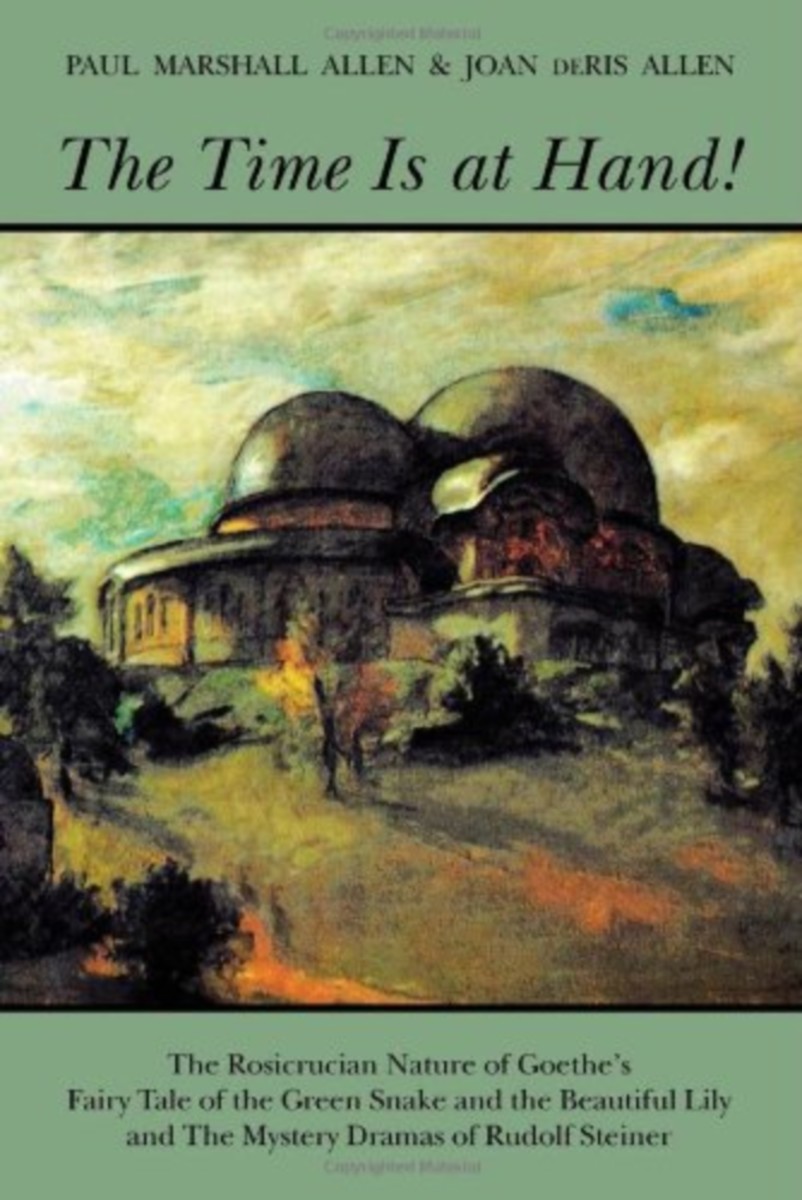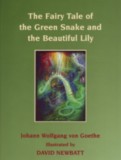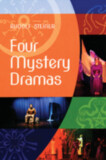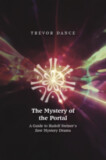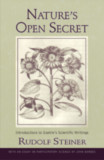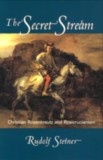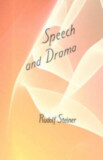The Time Is at Hand!
The Rosicrucian Nature of Goethe's Fairy Tale of the Green Snake and the Beautiful Lily and the Mystery Dramas of Rudolf Steiner
Introduction by Gisela Schlegel
- Publisher
SteinerBooks - Published
1st February 1996 - ISBN 9780880104005
- Language English
- Pages 192 pp.
- Size 6" x 9"
- Images Black and White
In 1795 Johann Wolfgang von Goethe produced his tale of tales—The fairytale of "The Green Snake and the Beautiful Lily," an extraordinary masterwork that is unique among Goethe's works. An initiatory fable of transformation, the tale arose out of the Rosicrucian, alchemical impulses that play an important role in Faust and Goethe's other writings. Among those influenced by it was Rudolf Steiner, whose mystery dramas employ similar themes.
The authors begin by placing the fairytale against the background of Goethe's life and cultural setting. They then discuss its importance in the development of Steiner's spiritual science. Finally, they describe its visual language, profound mystical insights, and relevance for us today.
The book includes Carlyle's classic translation of the tale and illustrations, plus Steiner's essay on its inner meaning. The authors offer a positive look at the possibilities of the twenty-first century. They view Goethe's fairytale as fully relevant to our time, just as it was when Goethe first wrote it.
C O N T E N T S:
Introduction by Gisela Schlegel
1. The Fairy Tale of the Green Snake and the Beautiful Lily in the Life of Goethe
2. The Goethe Fairy Tale as Foundation for the Life Work of Rudolf Steiner
3. The Picture Language of the Goethe Fairy Tale
4. The “Alchemical–Rosicrucian Nature” of the Goethe Fairy Tale
5. “The Time Is at Hand”: The Goethe Fairy Tale Today
6. From the Goethe Fairy Tale to the Mystery Dramas of Rudolf Steiner
7. The Fairy Tale of the Green Snake and the Beautiful Lily
8. “The Character of Goethe’s Spirit as Shown in the Fairy Tale (by Rudolf Steiner)
Selected Bibliography
Index
Paul Marshall Allen
Paul Marshall Allen (1913–1998) was an authority on the life and work of Rudolf Steiner and, as the “first American-born anthroposophic lecturer,” was a leading pioneer of Rudolf Steiner’s spiritual science across North America. He edited and wrote introductions for numerous books on Anthroposophy and spiritual wisdom, including his classic work, A Christian Rosenkreutz Anthology (1968), and wrote Vladimir Soloviev: Russian Mystic (1968). With his wife Joan deRis Allen, Paul coauthored Francis of Assisi’s Canticle of the Creatures (1996); Fingal’s Cave, the Poems of Ossian, and Celtic Christianity (1999); and The Time Is at Hand! (1995).
Joan deRis Allen
Joan deRis Allen was born January 20, 1931. She graduated from Columbia University School of Architecture in 1956 and practiced as an independent architect in the United States until 1968. At that time, together with her husband Paul Marshall Allen and two young children, she emigrated to England. In 1970, she founded Camphill Architects at Botton Village, Yorkshire, with Gabor Talló. Over the years her architectural work has taken her to Ireland, Scotland, and Norway. Joan now lives and works in Kimberton Hills, Pennsylvania. In 1970, she published Living Buildings, Halls and Chapels of the Camphill Movement for the fiftieth anniversary of the Camphill Move¬ment. She is author with Paul Marshall Allen of The Time Is at Hand!; Francis of Assisi, Canticle of the Creatures; and Fingal’s Cave, the Poems of Ossian and Celtic Christianity.
Johann Wolfgang von Goethe
Johann Wolfgang von Goethe (1749–1832) is a giant of German and world literature. Indeed, he coined the term Weltliteratur and spoke Greek, Latin, French, English, and Italian. In addition to its profound quality, the volume of work during his eighty-two-year lifetime is impressive. Among other works, Goethe wrote a worldwide, bestselling novel, The Sorrows of Young Werther (Die Leiden des Jungen Werthers, 1774), volumes of poetry, and several dramas, including his masterwork Faust— a massive two-volume work that was not entirely finished by the time of the poet's death. Goethe also engaged in painting and science, from which came his Theory of Color (“Farbenlehre”) among other scientific works—a collected edition that Rudolf Steiner edited and introduced as a young man (see Nature’s Open Secret). Indeed, Goethe's body of scientific and philosophical works was one of the most important influences in the development of Rudolf Steiner’s early work and for Anthroposophy as a whole.
Rudolf Steiner
Rudolf Steiner (b. Rudolf Joseph Lorenz Steiner, 1861–1925) was born in the small village of Kraljevec, Austro-Hungarian Empire (now in Croatia), where he grew up. As a young man, he lived in Weimar and Berlin, where he became a well-published scientific, literary, and philosophical scholar, known especially for his work with Goethe’s scientific writings. At the beginning of the twentieth century, he began to develop his early philosophical principles into an approach to systematic research into psychological and spiritual phenomena. Formally beginning his spiritual teaching career under the auspices of the Theosophical Society, Steiner came to use the term Anthroposophy (and spiritual science) for his philosophy, spiritual research, and findings. The influence of Steiner’s multifaceted genius has led to innovative and holistic approaches in medicine, various therapies, philosophy, religious renewal, Waldorf education, education for special needs, threefold economics, biodynamic agriculture, Goethean science, architecture, and the arts of drama, speech, and eurythmy. In 1924, Rudolf Steiner founded the General Anthroposophical Society, which today has branches throughout the world. He died in Dornach, Switzerland.


